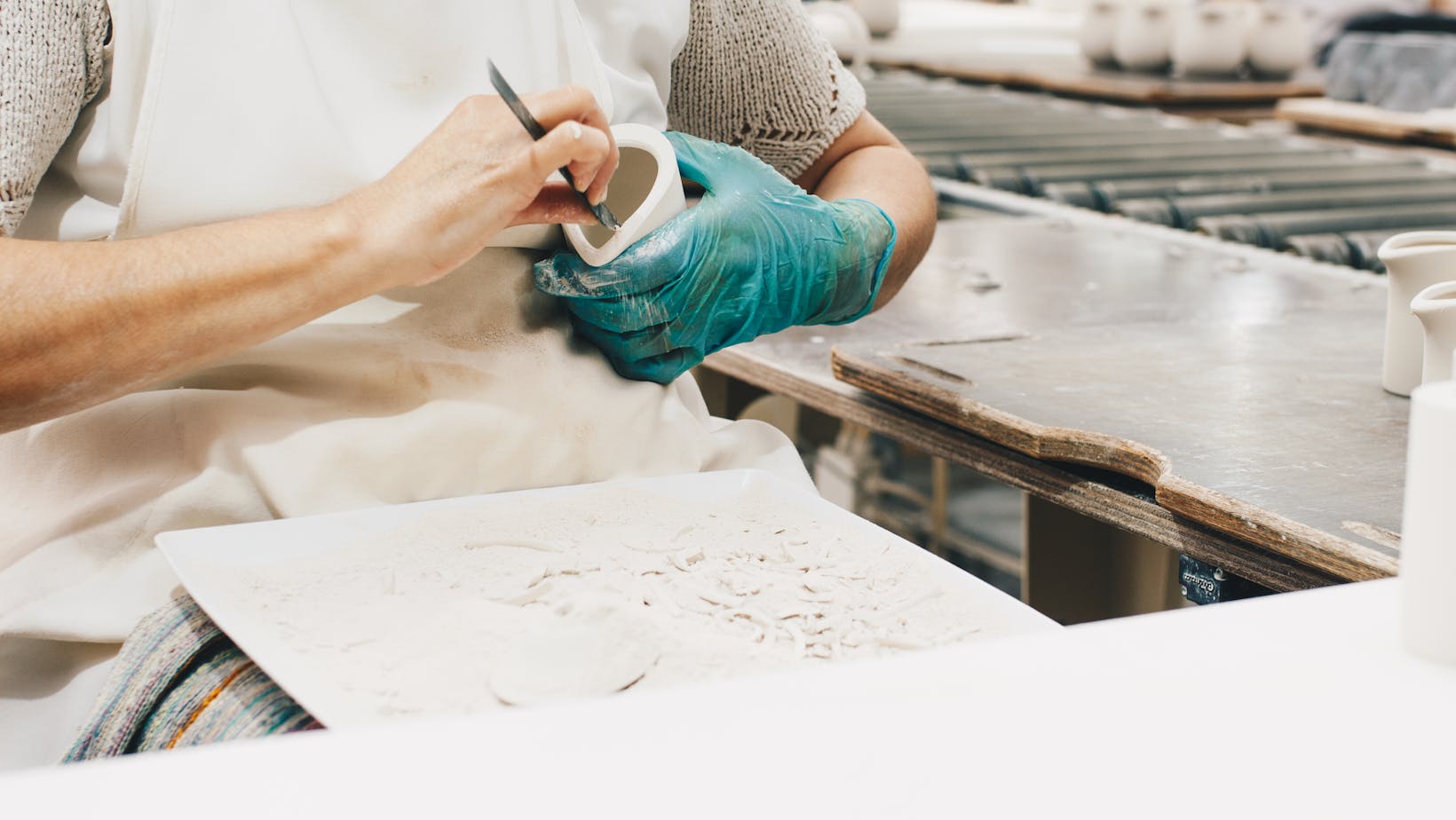
Craftsmanship takes many forms, but none so intricate and detailed as the art of carving. This ancient technique, steeped in tradition and cultural significance, transforms simple materials into works of profound beauty.
From wood to stone, bone to metal, the hands of skilled artisans breathe life into the mundane, creating masterpieces that captivate and inspire. Whether it’s a sculpture, a piece of furniture, or a delicate piece of jewelry, the art of carving is a testament to human creativity and ingenuity.
Seni Yang Pembuatannya Dengan Cara Menggunakan Teknik-Teknik Ukir Adalah

From the dawn of civilization, carving blossomed as a form of human expression and storytelling. Notable examples can be seen, dating back to the Upper Paleolithic period, with the discovery of Venus figurines- petite statuettes chiseled out of stone, ivory, or clay. Unearthing of approximately 30,000 years old ivory carvings of animals and humans in Germany confirms the birth of this craft during prehistoric times.
Common Materials Used in Carving
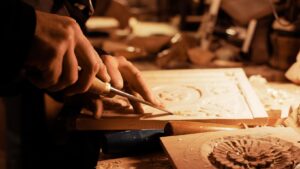
Stone, being a resilient material, finds its place in creating long-lasting works of art. Limestone, due to its softness, often serves as the prime choice for beginners, while professionals may flock towards marble for its strength and aesthetic appeal.
The Process of Carving
Carving Techniques Overview

On the other hand, intaglio, derived from the Italian word ‘intagliare,’ to cut in, creates an image depressed below the flat level, it’s often visualized in currencies and postal stamps. Another technique, engraving, primarily used in the printing industry, employs a burin to etch onto a flat surface, creating an image that holds ink, examples of which can be seen in antique books and old-fashioned maps.
Detailed Carving Step-by-Step Guide
Carving, an intricate process, involves a sequence of steps that focus on precision and attention to detail. Initially, artisans create a design, sketching it directly onto the medium or using a stencil. This initial design ensures the artist has a concrete roadmap for their progression.
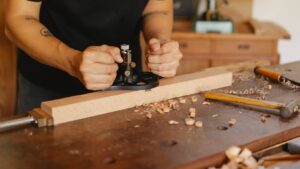
Then, the refinement process begins. The craftsperson finely shaves the edges, accentuating defined shapes, and smoothing the surface. The carving starts to take form, the design made resplendent as the artist’s perspective begins to translate in the material.
Finally, there’s finishing, which may involve sanding the surfaces to smoothness, waxing, or staining to highlight the grain, or painting to add color. Each technique embellishes the final product, exalting the beauty inherent in the carving.
The Significance of Carving in Modern Art
Representation of Carving in Museums and Galleries

These venues offer a platform for both historically significant carvings and contemporary works. Viewers gain insight into different carving styles, materials, and techniques, illustrating the rich diversity of this art form. Carvings captivate audiences, allowing the observer an encounter with the artist’s creative process, and challenging them to engage with the three-dimensional form.
The Influence of Carving on Contemporary Artists
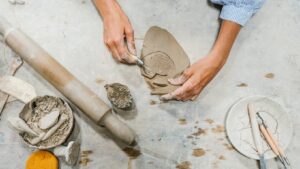
Nash, a British sculptor, often works with wood, crafting organic forms that locate his work within the ancient tradition of carving. Kapoor, known for his large-scale public installations, employs a range of techniques, carving among them, to create his immersive works.
In the face of evolving artistic trends, carving remains a trusted method of expression, inspiring modern artists to explore new perspectives while respecting and learning from the past. This enduring relevance is testament to carving’s versatility and enduring appeal in modern art.
The Challenges in the Process of Carving
Difficulty in Preservation and Restoration
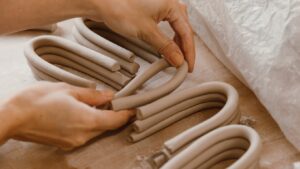
In 1986, for instance, a well-intentioned cleaning process of the Elgin Marbles, with copper chisels and carborundum, led to significant damage. These notorious instances illustrate the sensitivity and difficulty associated with preservation and restoration of carved art pieces.
Dealing with Material Limitations
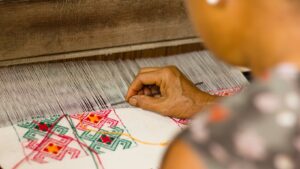
Stone, for example, is a strong and long-lasting material, but lacks flexibility. Overly delicate or thin designs can lead to a high risk of breakage. Similarly, wood, although flexible and easy to carve, deteriorates faster and is prone to pests like termites or fungus. Metal, particularly bronze, can hold fine detail and offer durability but requires special tools and techniques such as casting to manipulate.
What You Need To Know
Seni yang pembuatannya dengan cara menggunakan teknik-teknik ukir adalah is deep-rooted history and its continued relevance in today’s art landscape is a testament to its enduring appeal. The evolution of carving methods, from ancient techniques to contemporary styles, reflects the adaptability and innovation of artists. Despite the challenges in preservation and restoration, the art of carving continues to flourish. The Elgin Marbles incident serves as a stark reminder of the risks involved in restoration, underlying the need for meticulous care.







